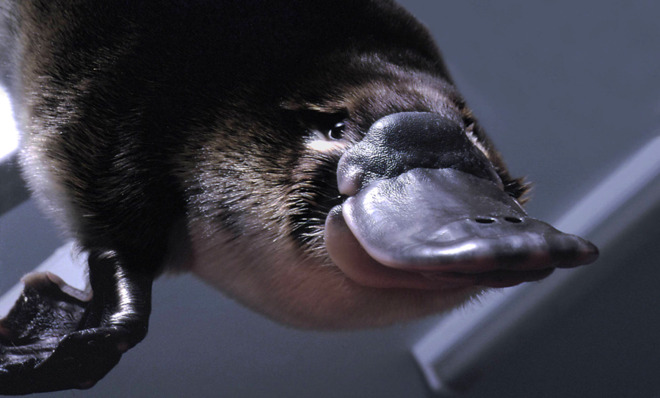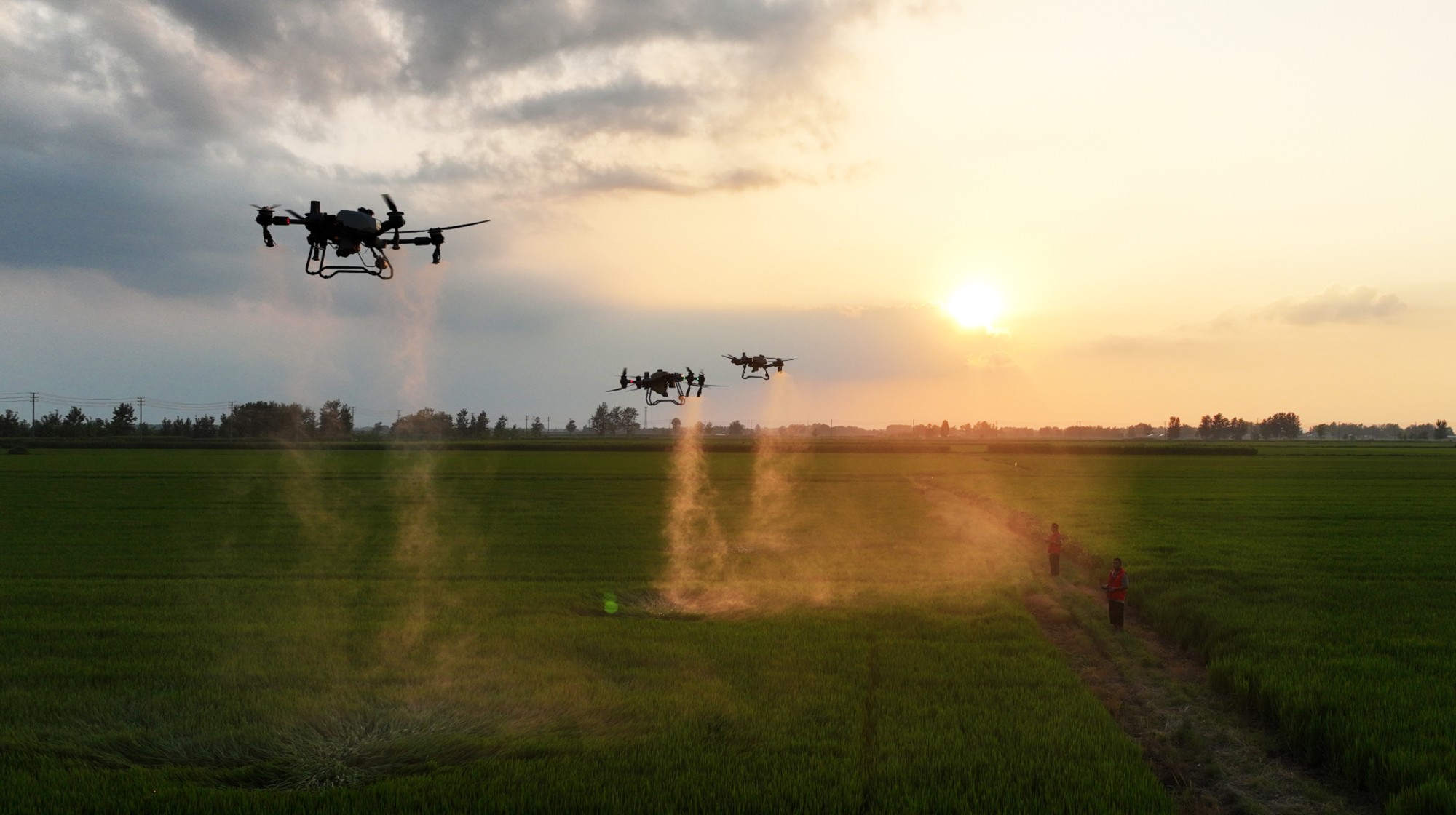5 things you should know about the ancient 'Godzilla' platypus
The duck-billed, potentially venomous predator was much bigger than today's version

1. It was as big as a dog
Like its duck-billed, modern-day descendent, Obdurodon tharalkooschild made its home in the temperate rivers of northern Australia. But while today's platypus is about the size of your average house cat, this ancient variety, which existed between 5 to 15 million years ago, was much bigger: At about three feet long, it was approximately the size of a bulldog.
"It pretty well blew our minds," said Professor Mike Archer, a researcher from the University of New South Wales. "It looks like a modern platypus on steroids — we'll have to call it platypus Godzilla."
The Week
Escape your echo chamber. Get the facts behind the news, plus analysis from multiple perspectives.

Sign up for The Week's Free Newsletters
From our morning news briefing to a weekly Good News Newsletter, get the best of The Week delivered directly to your inbox.
From our morning news briefing to a weekly Good News Newsletter, get the best of The Week delivered directly to your inbox.
2. It was discovered from a single tooth
Several years ago, researchers discovered a molar embedded in some limestone recovered from northwest Queensland. Rebecca Pian, a Ph.D. student at Columbia University in New York, noted that it had the signature characteristics of a modern platypus' tooth, but with a few key differences.
"I said, 'Wait a second, not only is it quite big, it's quite different as well,'" Pian told National Geographic. The main difference was a unique set of bumps and ridges never before seen. From there, scientists extrapolated the creature's size, discovering that this platypus was much bigger than any living today.
3. It had a taste for flesh
A free daily email with the biggest news stories of the day – and the best features from TheWeek.com
Today's platypuses subsist on insects and invertebrates. The Godzilla version, with its gnashing teeth, crunched down on animals like turtles and frogs. "It would have been one of the biggest animals by far in those ancient waterways," said Archer. "Only crocodiles would have been bigger."
4. It may have been venomous
Although platypuses look like a friendly bunch, they are one of the only mammals that can make their own venom; the spurs on their hind legs are linked to poisonous glands that males use to defend their territory. It's unclear if the ancient variety had a similar adaptation, but researchers see no reason why it didn't.
"We already know that the modern platypus has venom on the spurs of the hind leg that can be incredibly painful, that can stop a grown man in his tracks for hours," said Archer. "If you scale that up to perhaps two to three times the amount of venom in an animal much larger than that, you suddenly start thinking about this animal as a predator."
5. It was still an adorable platypus
A platypus is a mammal. It lays eggs. It looks like a duck. And it reacts like this when tickled.
-
 Homes by renowned architects
Homes by renowned architectsFeature Featuring a Leonard Willeke Tudor Revival in Detroit and modern John Storyk design in Woodstock
-
 Looming drone ban has farmers and farm-state Republicans anxious
Looming drone ban has farmers and farm-state Republicans anxiousIN THE SPOTLIGHT As congressional China-hawks work to limit commercial drone sales from Beijing, a growing number of conservative lawmakers are sounding an agricultural alarm
-
 Mind-expanding podcasts you may have missed this fall
Mind-expanding podcasts you may have missed this fallThe Week Recommends True crime, a book club and a therapeutic outlet led this season’s best podcasts